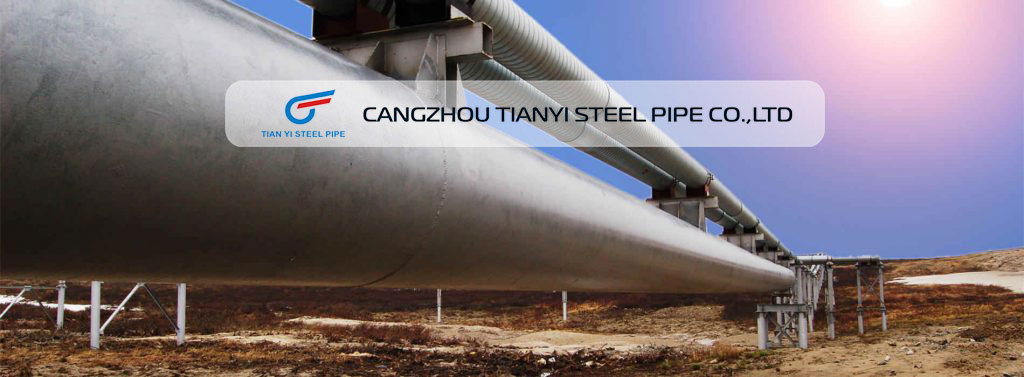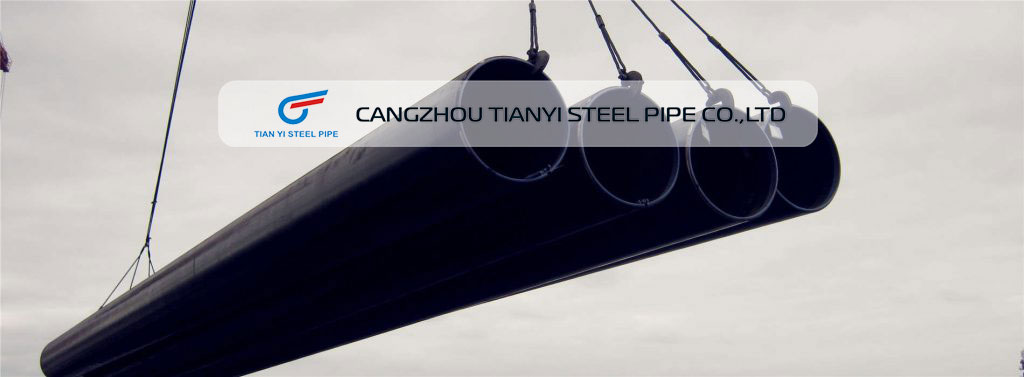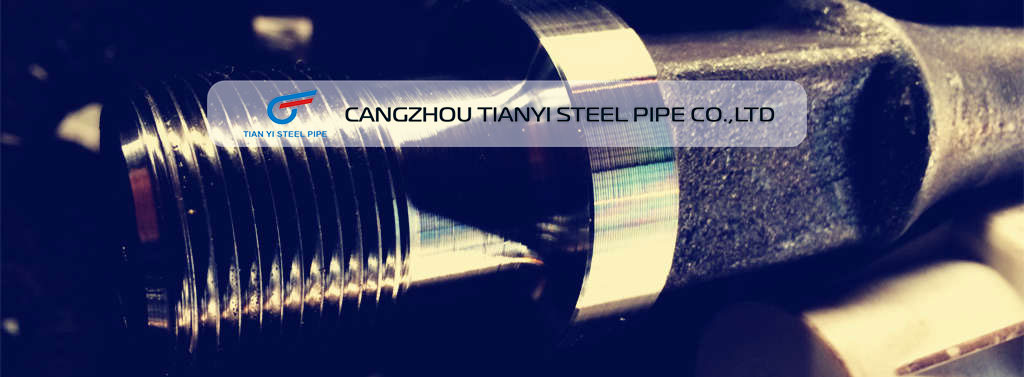API 5L Steel Line Pipe Specification and Applicati
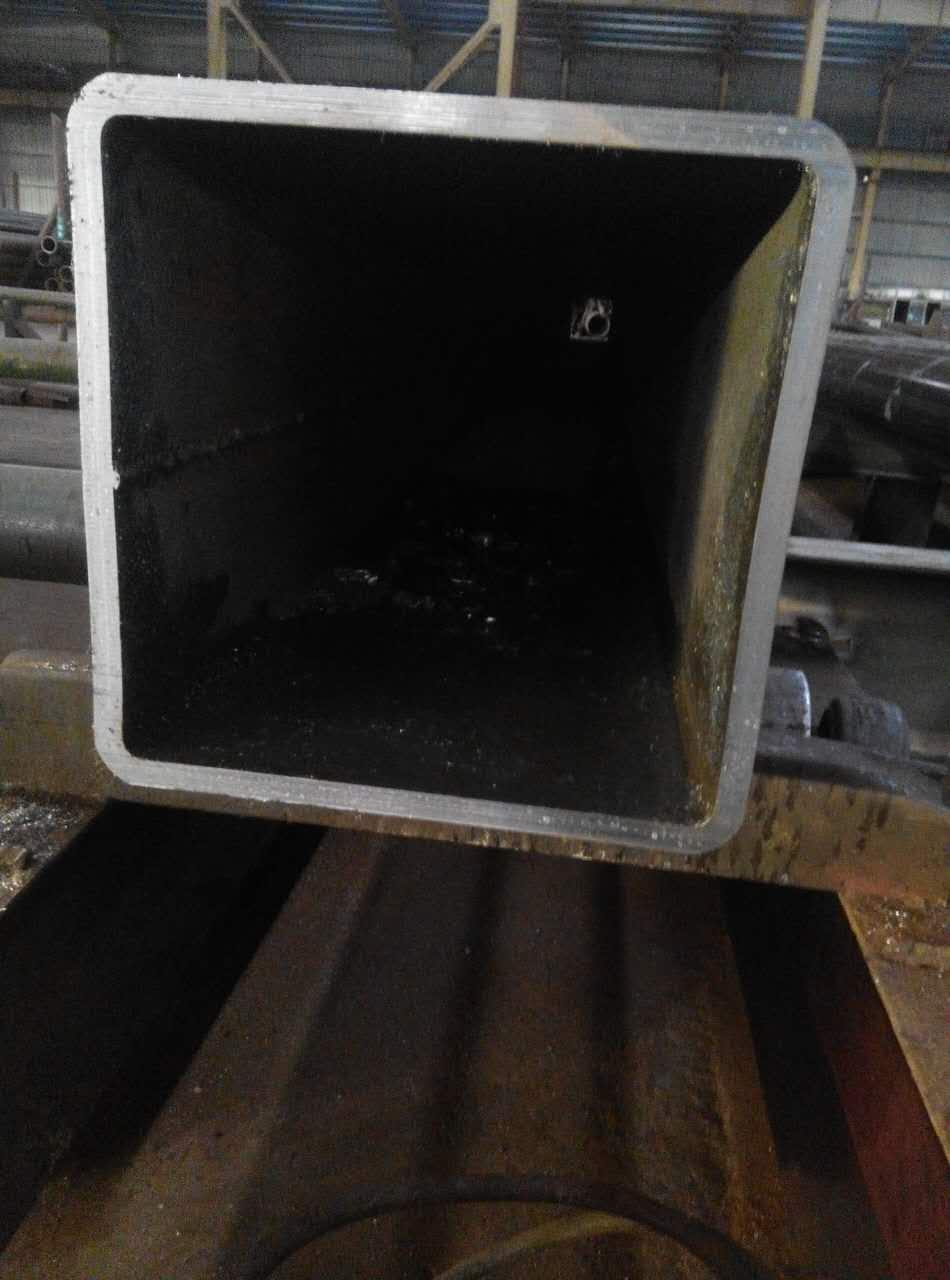
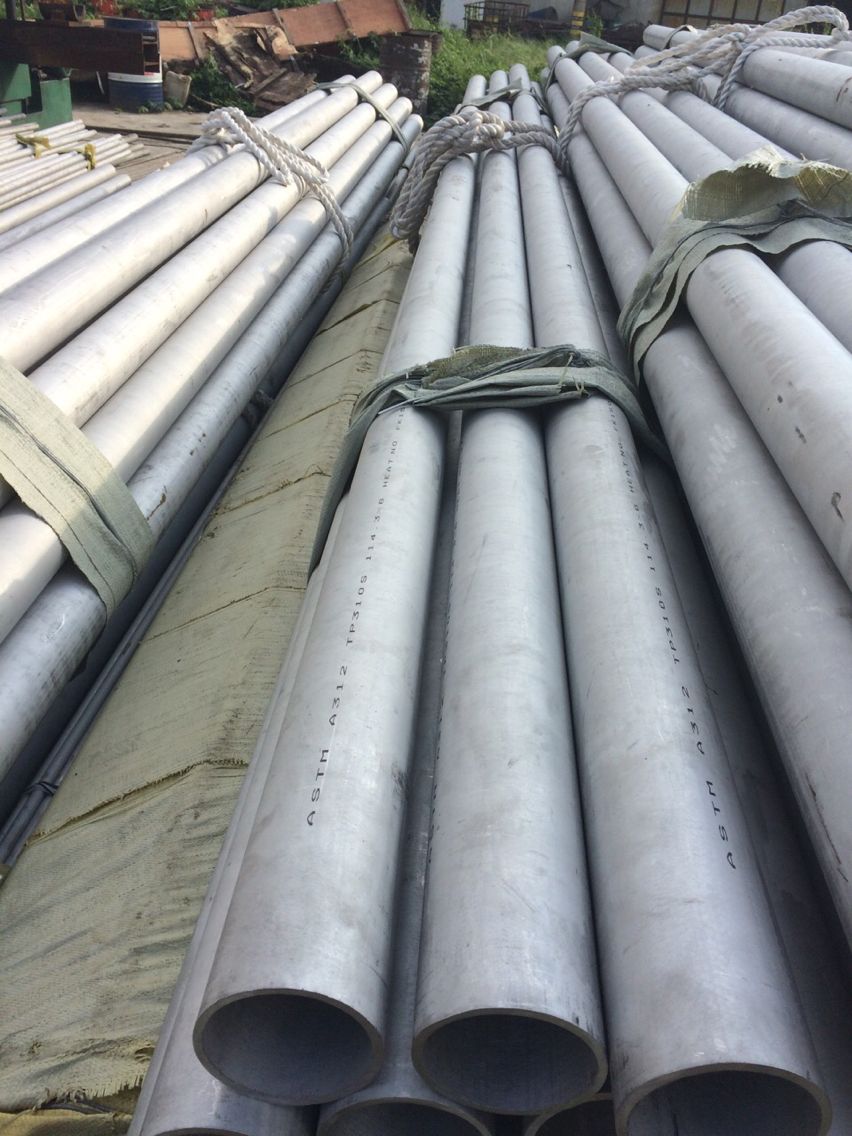
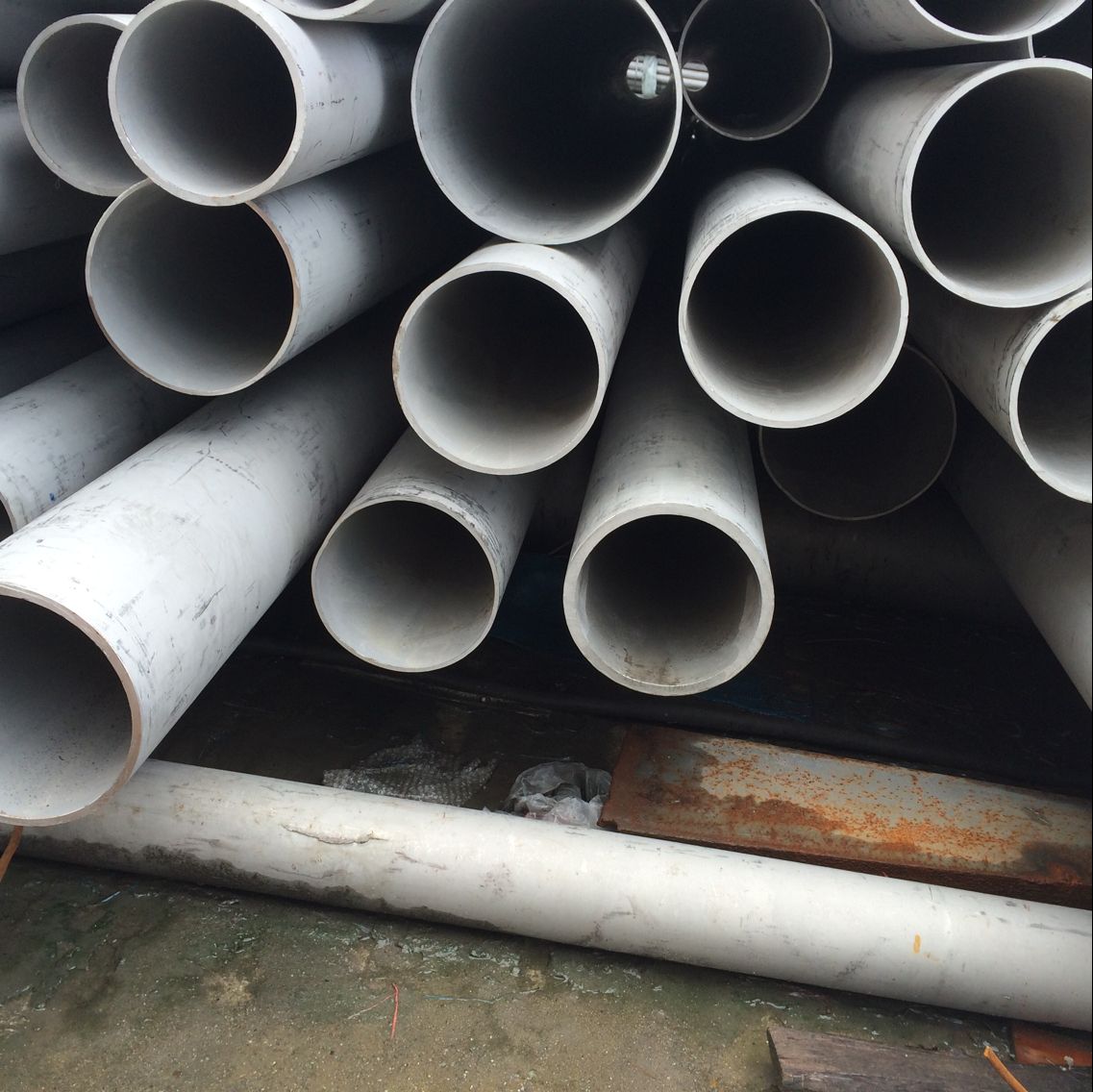
API 5L is the implementation standard of steel pipe for pipeline transportation system.
As we know, this standard specification includes Grade B, X42, X46, X52, X56, X60, X65, X70, X80 etc. And divided in two product specification level, PSL1 and PSL2.
More over, API 5L pipe is also the pipeline steel pipe, applied to the oil and gas transmission system. Meanwhile, other fluids like steam, water, slurry adopts the API 5L standard for the transmission purposes.
1. Different manufacturing type
API 5L specification covers the manufacturing types in welded and seamless.
And welded pipe types are spiral submerged arc welded pipe (SSAW), straight seam submerged arc welding pipe(LSAW), and resistance welded pipe (ERW).
Please check here for the differences between the ERW, LSAW, and SSAW pipe.
On the other hand, seamless manufacturing type usually for the small diameters pipe, (the pipe diameter is less than 150 mm or 6 inch, the seamless steel pipe is more applied than steel pipe in welded.)
For your info, there are also big diameters seamless pipe. By hot rolled manufacturing process we could get seamless pipe diameters at most 20 inch (508 mm). But if you need the seamless pipe more than 20”, we can get it through hot expanding processes, maximum diameters to 40 inch 1016 mm.
2. API 5L covers Different grades
API 5L steel line pipe adopts different steel grades, generally are Gr.B, X42, X46, X52, X60, X70, X80. Some manufacturers are capable of manufacturing steel grade up to X100 and X120. As the steel line pipe grades higher, more strictly control on the carbon equivalent control, and higher mechanical strength performances.
More over, for the same grade API 5L pipe, seamless and welded chemical elements content is different, which welded pipe is required more strictly and lower on Carbon and Sulfur.
By different delivery condition, there are also As-rolled, normalizing rolled, thermomechanical rolled, normalizing formed, normalized, normalized and tempered, quenched and tempered.
For intermediate grades, API 5L pipe grade shall be in one of following description format:
a. The letter L followed by the specified minimum yield strength in Mpa. For example, L290 (X42) means the minimum yield strength is 290 Mpa. In case of PSL2 pipe, Suffix letter (R, N, Q or M) shall be added to describe the delivery condition;
b. The letter X follwed by a two or three digital number equal to the minimum yield strength in 1000 psi rounded down to the nearest integer and, for PSL2 pipe, the letter describing the delivery condition (R, N, Q, or M) consist with the above formats.
3. Product specification level
1). General
PSL is the abbreviation of product specification level. The product specification level can be divided into PSL1 and PSL2, it also could be deemed as quality level.
2). PSL1 and PSL2 differences
Please click here for the differences between PSL1 and PSL2 pipes.
a. Requirement
PSL1 and PSL2 are not only different for testing requirements, but also for chemical composition and mechanical properties.
PSL1 is more strict than PSL2 in chemical composition, tensile properties, impact work, nondestructive testing and other indicators.
For more details please click here for Differences between API 5L PSL1 and PSL2.
b. Impact performance
PSL1 does not require impact performance, and PSL2 need to do except X80.
c. Non-destructive test
PSL1 does not require non-destructive test, where PSL2 required non-destructive test.
4. API 5L line pipe test methods
1). Hydrostatic test
a. Jointers need not be hydrostatically level, provided that the portions of pipe used in making the jointers were successfully hydrostatically tested prior to the joining operation.
b. Except the previous situation, the pipe shall withstand the hydrostatic test without leakage through the weld seam or the pipe body.
2). Bend test
Cracks should not occur in any part of the sample and opening of weld shall not occur as well.
Please Note: For all bend test, the weld extends to a distance of 6.4 mm (0.25 in) on each side of fusion line.
3). Flattening test
The flattening test method is used to verify the deformation performance of line pipe to the specified size, and display its defects. According to the stress and deformation characteristics of the specimen during the flattening process, the flattening test shall show the resistance to longitudinal cracking and circumferential cracking of the pipe, and display its internal defects and surface defects.
5. API 5L Pipe Application
Modern API 5l steel line pipe belongs to low carbon or ultra-low carbon micro alloy steel. It is high technology and high value-added product.
The steel line pipe production has almost applied to all new technology achievement in metallurgy field nearly 20 years.
At present, the development trend of line pipe engineering is large diameter, high pressure gas transportation, high cold and corrosion service environment, thick wall of submarine pipeline etc.
Therefore, API 5L steel line pipe should have high strength, high toughness and brittle fracture, and good weld ability, and suitable for sour services and in H2S environment with anti-corrosion performances.

